
Over the next ten years, the House Budget Committee has proposed a $230 billion budget cut in agriculture funding. This cut to funding will target certain programs like SNAP – Supplemental Nutrition Assistance Program and other subsidies that farmers rely on. These budget cuts have implications for not just economic factors, but also farmland sustainability, and wildlife habitats.
An Overview

The budget plan aims to reduce agricultural funding while prioritizing military and border security spending. SNAP will see significant reductions in aid for low-income families who rely on their support, and rural economies may be affected as subsidies are reduced.
Farmlands

Local farmers who rely on subsidies from these programs may resort to less sustainable practices to save money and keep overhead profits stable. This could lead to more soil erosion and less crop diversity. These changes to farmlands have long-term repercussions on environmental health.
Wildlife Habitats
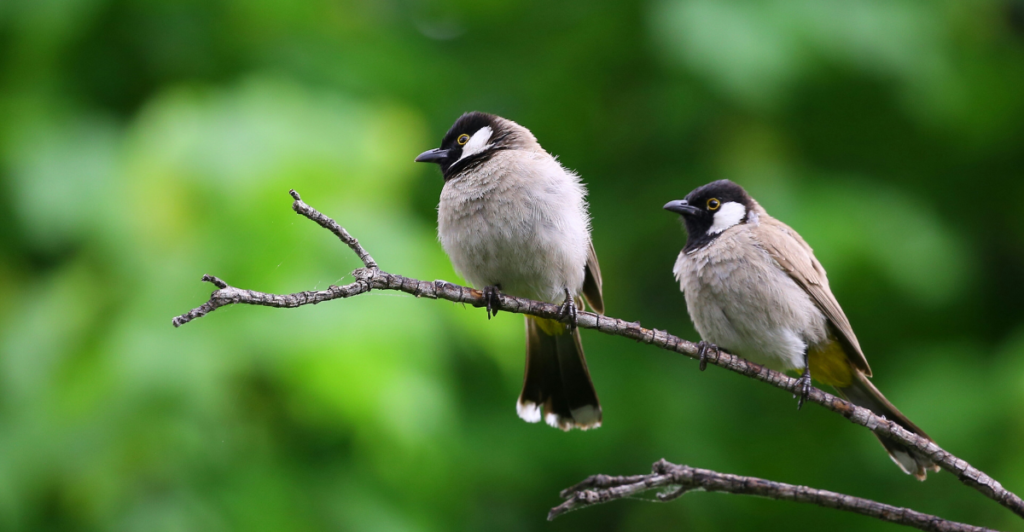
Farmlands are not just essential for farmers, but sometimes house critical wildlife like birds and other animals. Budget cuts may disrupt these ecosystems on farmlands and decrease populatins in essential species like bees.
Food Security
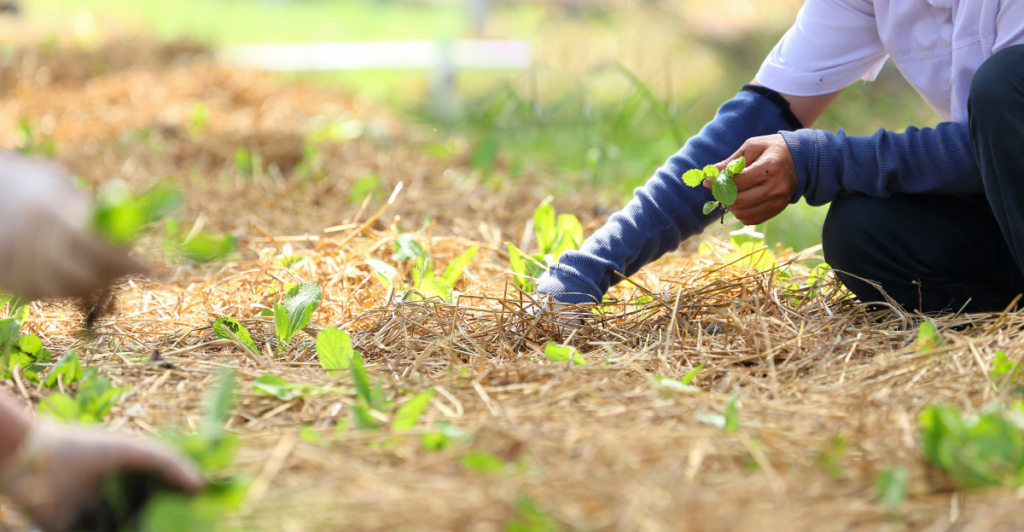
The reduced funding toward SNAP could decrease food security for millions of Americans, which would create a knock-on effect as lower demand for agricultural products affects farmer’s profits. Working together, these systems could weaken food systems.
Dairy Industry
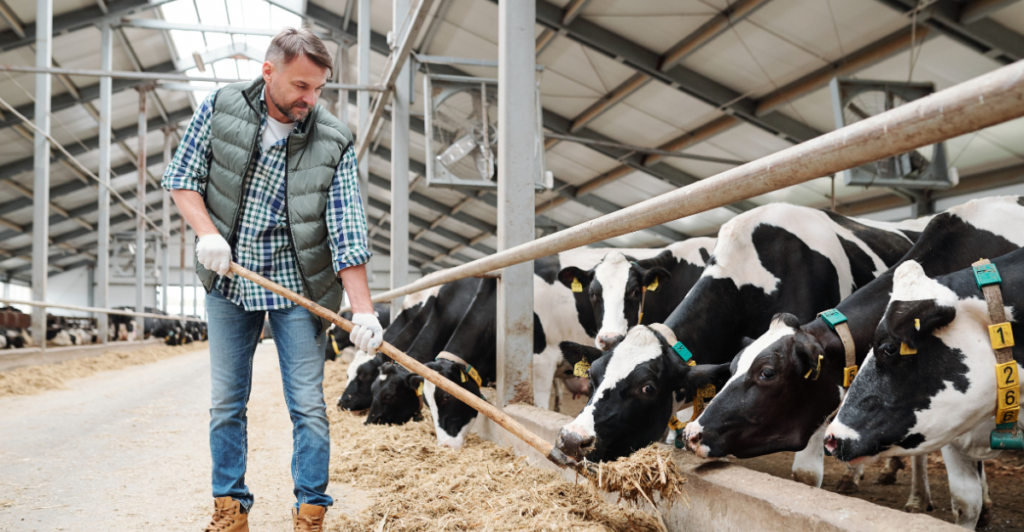
The SNAP cuts could affect dairy farmers substantially more than other farmers. Smaller dairy farms could be disproportionately impacted by a lower demand for dairy products, which would put strain on their operations. Profitable dairy farms are essential to the health of their cows, as their food, vaccinations, and other important factors cost farmer’s a fortune that’s normally returned through dairy products.
Conservation Program Cuts
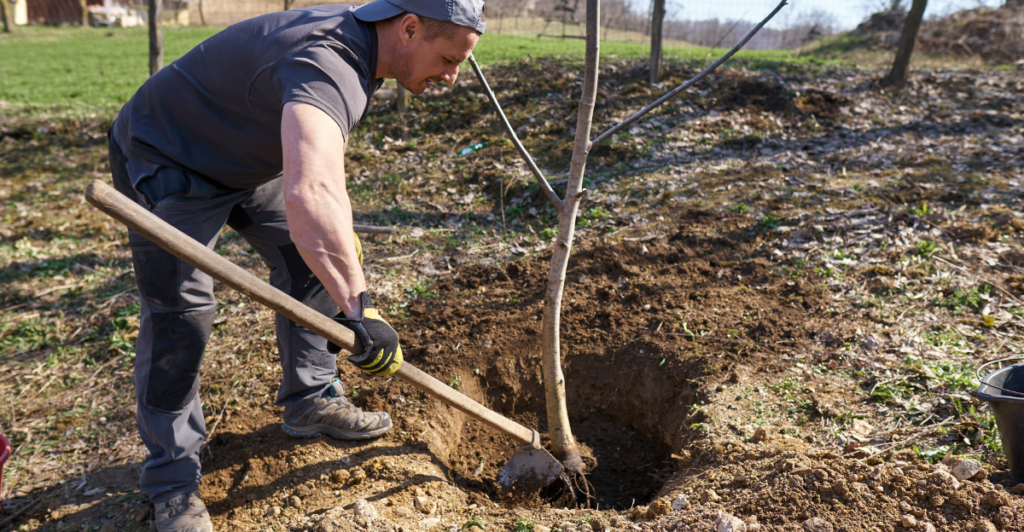
The Conservation Reserve Program (CRP) incentivizes farmers to preserve part of their lands, which are environmentally sensitive. If farmers are struggling to maintain profits due to SNAP cuts, they may severely collaborate with CRP, leading to less protected wetlands, forests, and grasslands.
A Threat To Wildlife
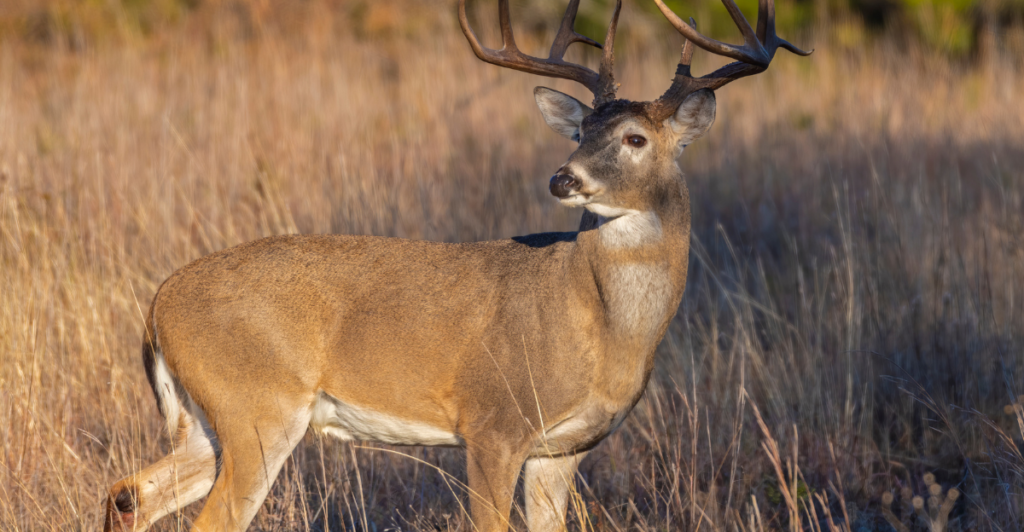
If farmers convert previously protected environmental land into farmland to try to improve their economy, then species that call the natural region home would be in danger as their habitat shrinks with additional farming taking over.
Economic Effects
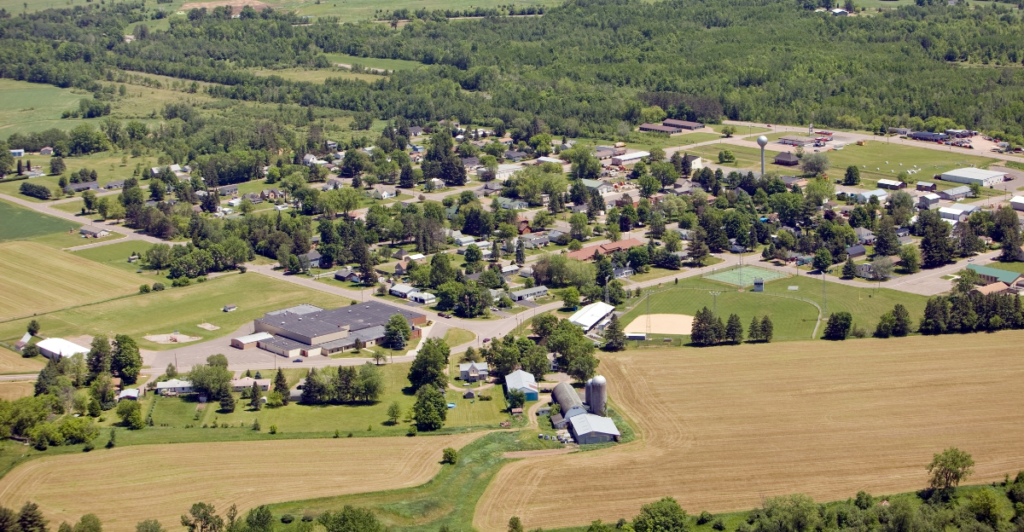
The proposed cuts would also effect rural regions whose economy only survive through agriculture practices. As operational costs for farmers increase, some may have to look for alternative incomes, and sell or shut down their operations. This would also affect employment opportunities, leading to further economic risks.
Long Term Environmental Consequences

Sustainable practices such as precision agriculture and regenerative farming are essential in mitigating the harm to the environment during farming. Farmers may have to resort to cheaper, more traditional methods that could include water pollution and infertile soil.
Debate

The proposed budget cuts have divided many, causing much debate. Many argue that there is a need for government aid, while others say that the budget has been too high and farmers have been overfinanced. These arguments could lead to a compromise in the final budget.
Advocates

Those that are the most severely affected including farmers, environmentalists, and other advocates are urging to there to be more consideration before the budget is finalized. Agriculture is tied closely to food stability and could have catastrophic affects for local communities.
Potential Solutions

There are potential solutions that farmers could seek out in order to mitigate the effects that these changes could have. They could diversify their income through different crops, but this is a risk. They could also look for alternative funding mechanisms or partner with private organizations who could aid them.







